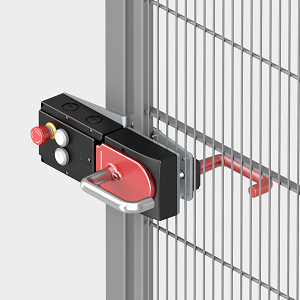Discrete level that specifies the ability of safety-related parts of a control system to perform a safety function under foreseeable conditions (definition according to standard DIN EN ISO 13849). In simpler terms, the performance level is a measure of the reliability of a safety function. A distinction is made between the performance level to be achieved (PLr; the "r" stands for "required") and the "actual" PL that is actually achieved. There are five performance levels, which represent different residual risks.
